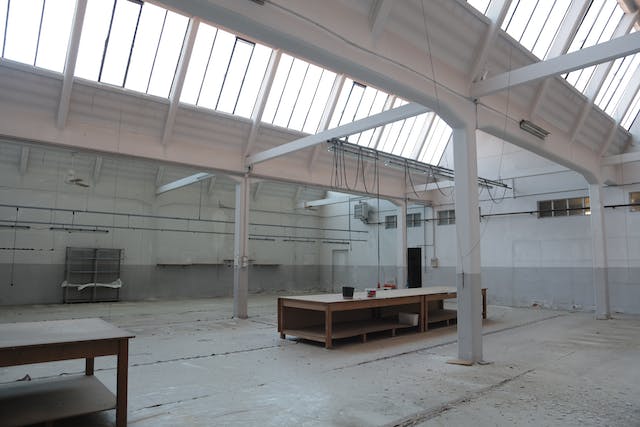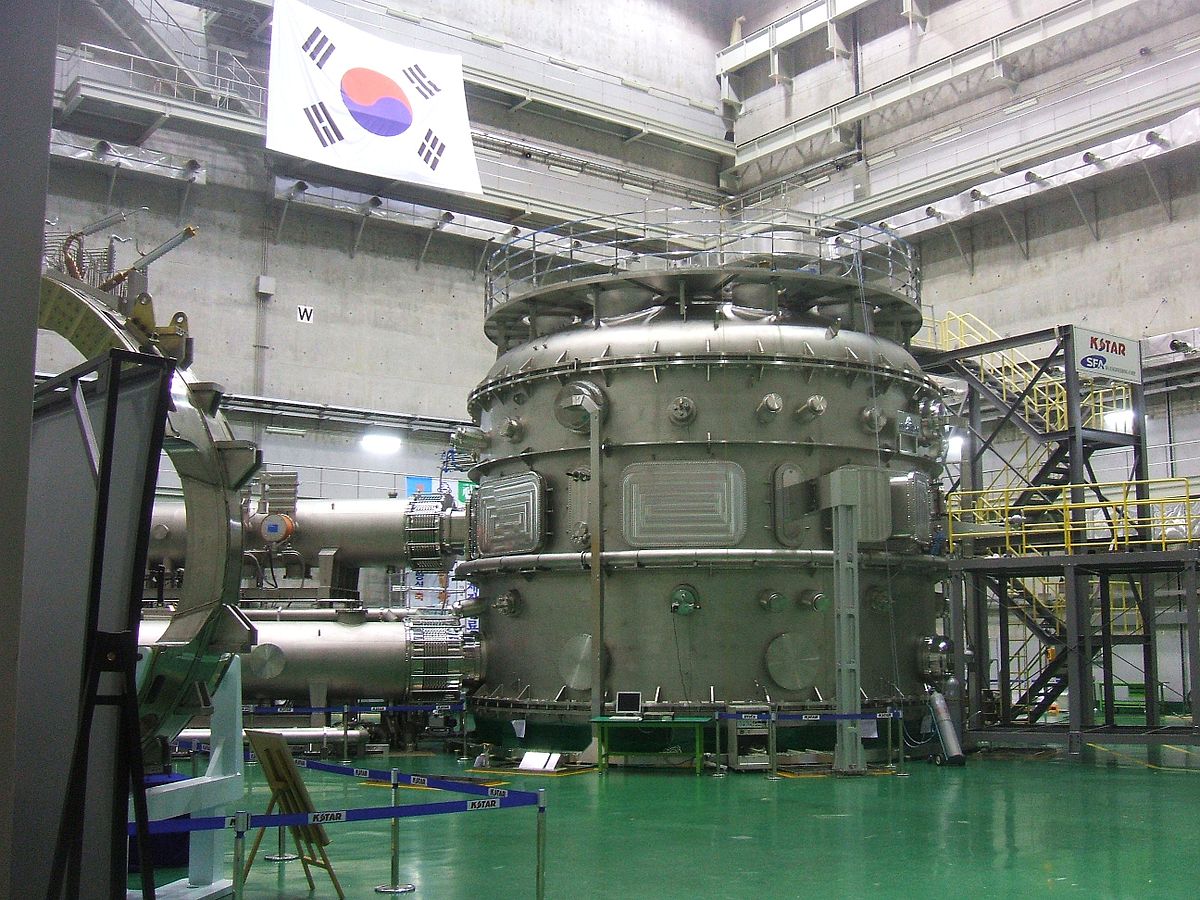When it comes to maintaining the integrity of your business premises, few things are as crucial as the roof. A well-maintained roof not only protects your investment but also ensures the safety and comfort of everyone inside. However, there comes a time in the lifespan of every roof when replacement becomes inevitable. In this guide, we’ll walk you through the intricate process of replacing the roof on your business premises, covering everything from choosing the right materials to understanding the coating systems that can enhance the longevity of your new roof.
Assessment and Planning
Before you embark on the journey of replacing your commercial roof, a thorough assessment is paramount. Engage with a professional roofing contractor to conduct a comprehensive inspection. This evaluation should not only focus on the visible signs of wear and tear but also consider the structural integrity of the entire roofing system. Once the assessment is complete, a detailed plan should be drafted, outlining the scope of work, materials needed, and a realistic timeline for the project.
Choosing the Right Materials
The choice of roofing materials plays a pivotal role in the success and longevity of your new roof. Factors such as climate, building structure, and budget should influence this decision. Traditional options like asphalt shingles and metal roofs offer durability and cost-effectiveness. Alternatively, eco-friendly options like green roofs or solar tiles are gaining popularity for their sustainability benefits. Consult with your roofing contractor to determine the material that best suits your business premises.
Coating Systems for Enhanced Durability
Once you’ve decided on the primary roofing material, it’s time to consider coating systems that can provide an additional layer of protection. As the roofing experts at goldstarcommercialroofing.com suggest, you can choose from spray polyurethane foam roof coating, membrane coating systems, metal roof coating systems, and single-ply membrane systems. Each of these systems has its own set of advantages, ranging from increased insulation to superior waterproofing. The choice depends on factors such as climate, maintenance preferences, and the specific demands of your business premises.
Spray polyurethane foam roof coating is an excellent choice for businesses looking to enhance insulation and energy efficiency. This seamless application adheres tightly to the existing roof, preventing leaks and significantly reducing energy costs.
Membrane coating systems, on the other hand, provide robust protection against the elements. They are particularly effective in areas with frequent rainfall or extreme weather conditions. The flexibility of membrane coatings ensures durability and longevity.
Metal roof coating systems are ideal for businesses seeking a sleek, modern aesthetic combined with durability. These coatings protect against corrosion and reflect sunlight, reducing cooling costs in warmer climates.
Single-ply membrane systems offer a lightweight yet durable solution. With options like TPO (thermoplastic olefin) or PVC (polyvinyl chloride), businesses can choose a system that aligns with their budget and performance requirements.
Cost Considerations and Budgeting
Undoubtedly, one of the critical factors in any roof replacement project is the cost. Establishing a realistic budget is essential to ensure that the project doesn’t overrun financially. Your roofing contractor can provide a detailed estimate, including materials, labor, and any unforeseen issues that may arise during the replacement process. While it might be tempting to cut costs, investing in quality materials and skilled labor upfront can save you money in the long run by reducing the need for frequent repairs.
Environmental Impact
In an era where environmental consciousness is paramount, considering the ecological footprint of your roofing choices is crucial. Opting for sustainable materials and coatings not only reduces your business’s impact on the environment but can also contribute to certifications such as Leadership in Energy and Environmental Design (LEED). Green roofing solutions, which involve growing vegetation on your roof, provide insulation and absorb rainwater, reducing runoff and benefiting the surrounding ecosystem.
Installation and Project Management
Once the planning and material selection is complete, the actual installation process begins. Effective project management is key to ensuring that the replacement progresses smoothly and meets the agreed-upon timeline. Regular communication with your roofing contractor is essential, allowing you to address any concerns or changes promptly. Additionally, considering the impact of the replacement on your day-to-day business operations is crucial. A well-coordinated project minimizes disruptions and ensures a seamless transition from old to new.
Regular Maintenance for Longevity
The completion of your roofing project doesn’t mark the end of your responsibilities. Regular maintenance is vital to prolong the life of your new roof. This includes periodic inspections, cleaning, and addressing any issues promptly. Most coating systems require specific maintenance to retain their effectiveness. Your roofing contractor should provide guidelines on how to care for your new roof, ensuring that it continues to protect your business premises for years to come.
Replacing the roof on your business premises is a significant undertaking that requires careful planning and consideration. From material selection to coating systems and ongoing maintenance, each step plays a crucial role in the overall success of the project. By investing time and resources into this process, you not only protect your business investment but also contribute to the safety and well-being of everyone within your premises. Remember, a well-maintained roof is more than just a shelter – it’s a symbol of reliability and longevity for your business.






